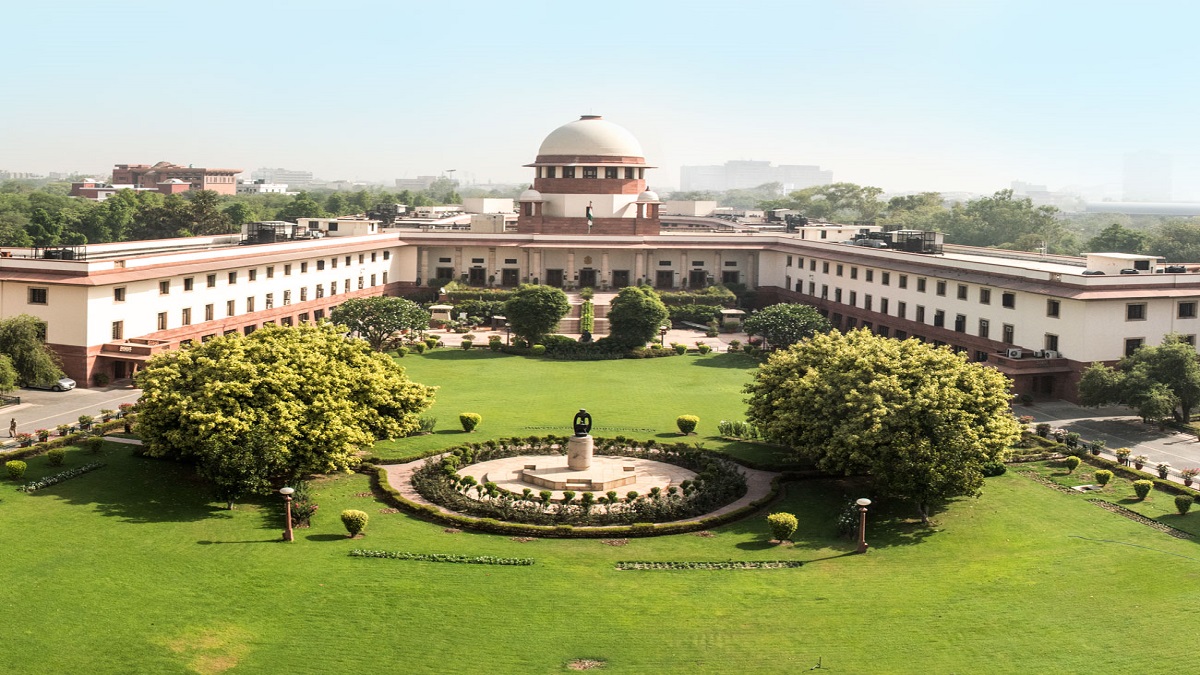Insolvency and Bankruptcy Code (IBC) 2016 was implemented through an act of Parliament. It got Presidential assent in May 2016. Centre introduced the IBC in 2016 to resolve claims involving insolvent companies. The bankruptcy code is a one stop solution for resolving insolvencies, which previously was a long process that did not offer an economically viable arrangement. The code aims to protect the interests of small investors and make the process of doing business less cumbersome. The main object of IBC Code is to run the insolvent company and not to push the solvent company into insolvency. One such case was decided by the Coram of Hon’ble NCLT consisting Hon’ble Shri Rajeshwara Rao Vittanala (Judicial Member) and Hon’ble Shri Ashutosh Chandra (Technical Member) in the case of Rolstar Pvt. Ltd. (Petitioner) vs. Infragreen Airconditioning Pvt. Ltd. (Corporate debtor, respondent) [C.P. (IB) 92/BB/2020].
The facts of the case are that the petitioner Rolster Pvt. Ltd. is an Operational creditor u/s 9 of IBC 2016 has a manufacturing factory and the respondent Infragreen Airconditioning Pvt. Ltd. is an air-conditioning company. The respondents submitted that they issued purchase order worth Rs. 7,49,080/- (total amt.) to the petitioner for supplying various ducting type materials as a part of their business relationship. Now the petitioner is seeking to initiate Corporate Insolvency Resolution Process (CIRP) against the Respondent on the ground for defaulting an outstanding principal amount of Rs 5,61,672/- along with an interest amount of Rs. 1,87,408/. The petitioner claims total amount of Rs. 7,49,080/- Moreover, it was submitted by the petitioner that the respondents did not reply to the demand notice that was served to them by the petitioners nor made any payments and hence has filed an application before the Hon’ble NCLT for initiating the same. The respondents did not even appear before the Hon’ble Tribunal despite of the Notice served to them. However, when Hon’ble NCLT made perusal of financials of Respondents, it was seen that on December 2019, the company has reserves and surplus of Rs. 3,14,08,974/-, tangible assets of Rs. 15,69,866/-, trade receivables of Rs. 4,01,97,365 and trade payables of Rs. 2,06,10,263. It was seen that the net worth of the company is Rs. 3,24,08,974/- and hence the company can in no way be called as an ‘insolvent company’.
The Hon’ble NCLT dismissed the application filed by the Petitioner and held that the object of the IBC 2016 is the resolution of an insolvent company with ongoing business and generating revenue and making profits and hence cannot be pushed into the rigorous CIRP which will defeat the object of the Code,2016. The petitioner failed to establish the insolvency of the Respondent’s company. Though the respondents did not appear before the court but the financials of the company clearly establish the healthy unit by generating good revenue.
The learned Tribunal relied upon the judgments passed by Hon’ble Supreme Court in the case of Mobilox Innovations Pvt. Ltd. vs. Kirusa Software Pvt. Ltd. [2018(1) SCC 353] that IBC 2016 is not intended to be a substitute to a recovery forum and cannot be used to jeopardise the financial health of an otherwise solvent company by pushing it into insolvency. Hence, with all these aforesaid reasons, the learned Tribunal though considered that the petition was filed with an intent to recover the debts but allowing such petition would only defeat the purpose of the code and hence dismissed the application.
click here to read the judgment
Judgment Review by Meenakshi Jena


